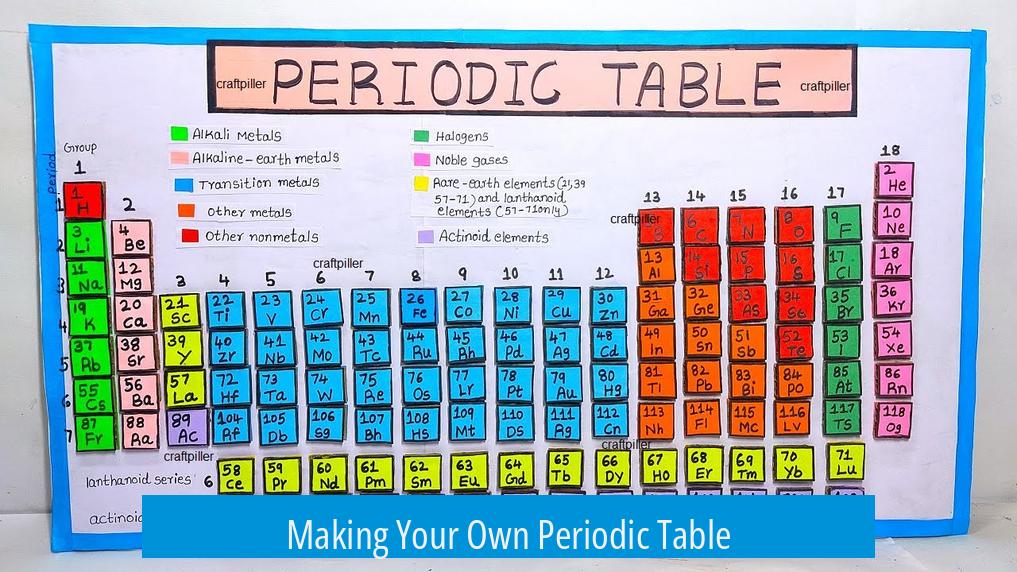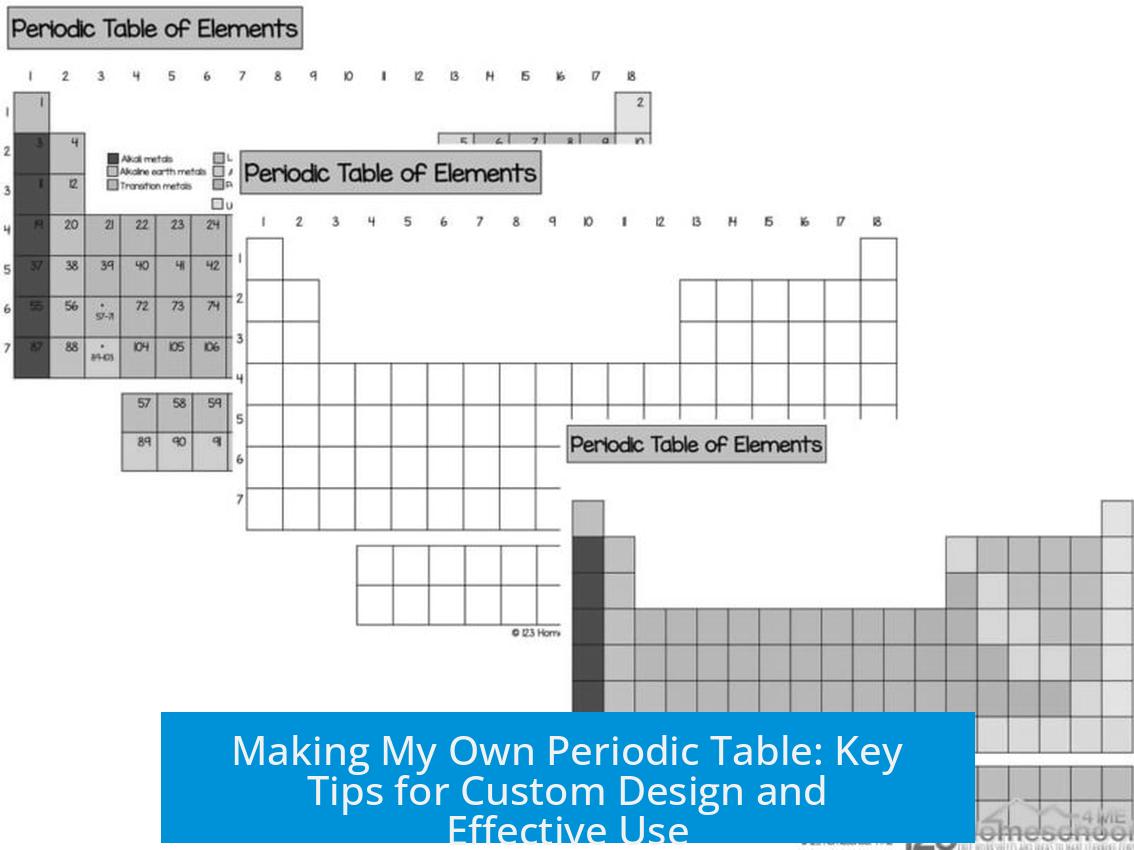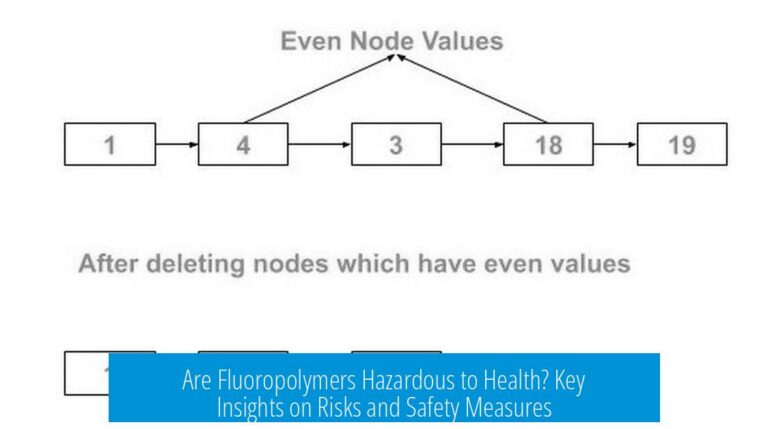Making Your Own Periodic Table

Creating a personal periodic table involves careful planning to preserve the table’s powerful visual and scientific functions while tailoring it for your specific needs.
The Power of Visual Arrangement
The traditional periodic table groups elements to reveal trends in electronic configuration, atomic radius, acidity, and bonding. This layout helps in predicting properties of unknown or new elements. When making your own table, maintaining this visual logic is crucial. The spatial order allows clear comparisons and meaningful generalizations across element groups.
Deciding on the Purpose and Features
Define the goal of your table. Should it be educational, research-oriented, or a reference tool? This guides its design. For a digital format, you can include interactive features such as individual element pages. These can describe key properties, history, and link to elements with similar traits—for example, elements like mercury (Hg), gallium (Ga), cesium (Cs), and rubidium (Rb), known for their low melting points.
Research and Detailing
Designing a detailed periodic table demands thorough research. Reference inorganic chemistry texts to gather information on each element’s sources and extraction methods. Including historical information like Latin names or original alchemical symbols can enrich the table’s educational value and historical context.
Tools and Format Choices
- Physical book format with chapters for each element suits in-depth study.
- Digital tools such as Google Slides offer flexible layouts for text and images.
- You can export digital tables to PDF for easy sharing or printing.
- Consider user-friendly programs like InDesign or its alternatives depending on your familiarity.
Example Structure for a Custom Periodic Table
| Element | Group | Properties | Historical Info |
|---|---|---|---|
| Mercury (Hg) | 12 (Transition metals) | Low melting point, liquid at room temperature | Originally called Hydrargyrum (Latin) |
| Gallium (Ga) | 13 (Post-transition metals) | Low melting point, melts in hand | Discovered by Lecoq de Boisbaudran |
By integrating such detailed information for each element, your periodic table becomes more than just a chart; it turns into a comprehensive resource.
Key Takeaways
- Preserve the periodic table’s visual logic to retain its predictive power.
- Define the purpose—educational, reference, or research—to guide design.
- Include detailed data such as extraction methods and historical names.
- Use flexible digital tools like Google Slides for easy formatting.
- Consider linking elements with similar properties for enhanced understanding.
How can I keep the key properties of elements in my own periodic table?
Focus on the visual layout that shows trends like atomic radius and bonding traits. Arrange elements so patterns in electronic structure and acidity remain clear.
What digital features can enhance a homemade periodic table?
You can add pages detailing each element’s properties. Linking elements with similar traits, like low melting points, makes it more useful.
What research is needed to create a detailed periodic table book?
Study inorganic chemistry. Include extraction and refining methods for elements. Adding Latin names and old alchemical symbols adds depth.
What tools are good for making a personalized periodic table?
Google Slides is a simple tool for combining text and images. It allows flexible layout and can export to PDF for printing.
Should a custom periodic table be a book or a poster?
Both work, but a book with a page or chapter per element allows more detail. Posters show overall patterns but limit space for information.





Leave a Comment